
NOVA
NOVA Universe Revealed: Black Holes Preview
Show title: NOVA
Video title: NOVA Universe Revealed: Black Holes Preview
Video duration: 0m 30sVideo description: Take a seat on the ultimate thrill ride to explore nature’s strangest and most powerful objects. Discover new science showing how black holes reshape entire galaxies, warp the fabric of space and time, and might even be portals to another universe.
Watch Clip
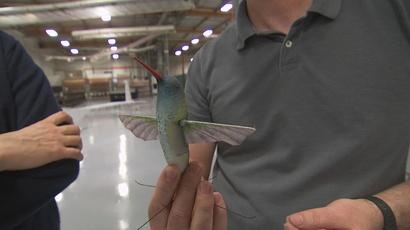
The Hummingbird Drone
3m 36s
A new drone doesn't fly like an airplane or helicopter—it flaps its wings like a bird.
Watch Preview
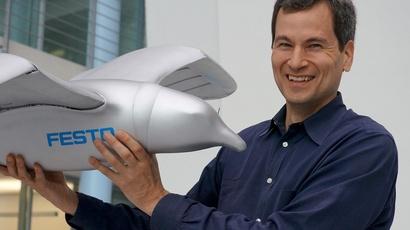
Making Stuff Wilder Preview
30s
Host David Pogue travels the globe to explore new technologies inspired by Nature.
Watch Preview
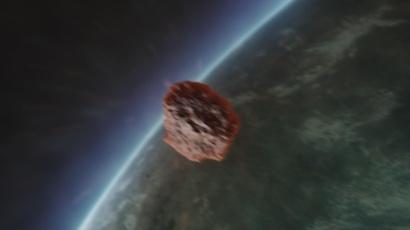
Asteroid: Doomsday or Payday? Preview
30s
The asteroid that exploded over Siberia—injuring more than 1,000 and damaging buildings in six cities—was a shocking reminder that Earth is a target in a cosmic shooting range. From the width of a football field to the size of a small city, these space rocks have the potential to be killers. In a collision with Earth, they could set off deadly blast waves, raging fires and colossal tidal waves.
Watch Preview
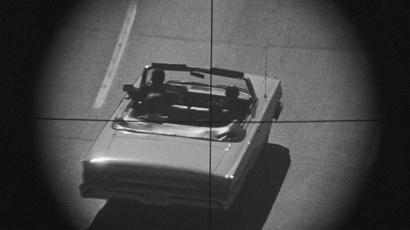
Cold Case JFK Preview
30s
Can modern forensic science uncover fresh clues about the assassination of JFK? Airing November 13 at 9 pm on PBS
Watch Clip
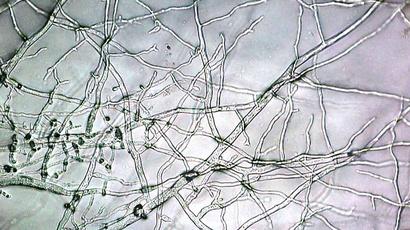
Mushroom Material
3m 45s
Move over peanuts, there’s a new packaging material in town—and it’s made of mushrooms.
Watch Preview
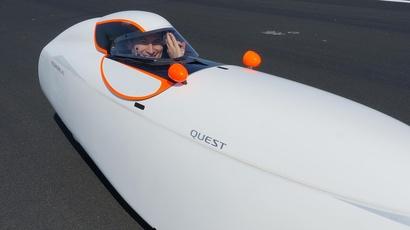
Making Stuff Faster Preview
30s
Host David Pogue tries to find out if there are physical limits to how fast we can go.
Watch Clip
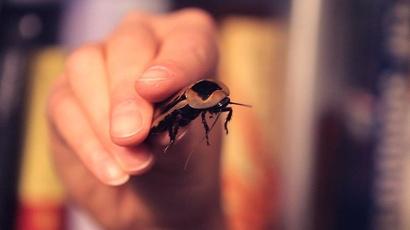
Cyborg Cockroaches
2m 26s
With just a few simple tools, anyone can turn a cockroach into a tiny controllable 'bugborg.' Why would you want to? It turns out that these nasty pests could turn into life savers in the future. For media credits, visit: pbs.org/nova/tech/cockroach-cyborgs.html
Watch Preview
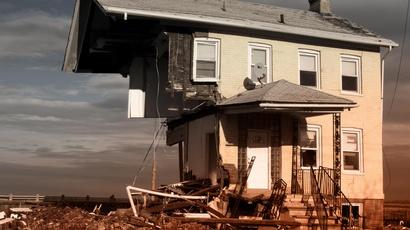
Megastorm Aftermath Preview
30s
In October 2012, superstorm Sandy cut a path of devastation across the Caribbean and the East Coast, killing hundreds and doing tens of billions of dollars in damage. Now, one year after Sandy’s deadly strike, NOVA follows up on its 2012 film “Inside the Megastorm” with a fresh investigation of the critical questions raised by this historic storm.
Watch Clip
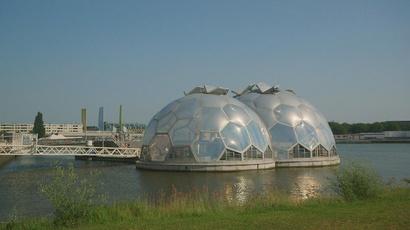
Floating Buildings
1m 37s
For generations, the Dutch have regarded the water surrounding them as an enemy, building dams and dykes to fend it off. But with climate scientists predicting sea level rises and increased flooding, some engineers are taking a different approach. Their solution? Floating buildings, which work with the water rather than against it, creating a real-life water world.
Watch Preview
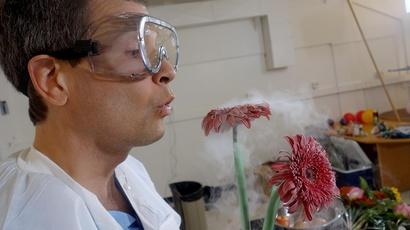
Making Stuff Colder Preview
30s
Cold is the new hot in this brave new world. For centuries we've fought it, shunned it, and huddled against it. Cold has always been the enemy of life, but now it may hold the key to a new generation of science and technology that will improve our lives. In "Making Stuff: Colder," David Pogue explores the frontiers of cold science from saving the lives of severe trauma patients to ultracold physic
Watch Preview

Making Stuff Safer Preview
30s
The world has always been a dangerous place, so how do we increase our odds of survival? In "Making Stuff: Safer," David Pogue explores the cutting-edge research of scientists and engineers who want to keep us out of harm’s way. Some are countering the threat of natural disasters with new firefighting materials and safer buildings. Others are at work on technologies to thwart terrorist attacks.
Watch Clip
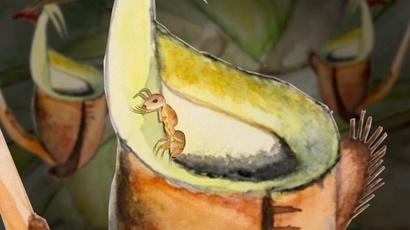
Carnivorous Plants and Killer Ants
3m 3s
Gross Science: These flesh-eating plants usually prey on unsuspecting insects. But one species of ant calls this plant home. Watch the drama unfold...through watercolor animation! For media credits, visit: pbs.org/nova/nature/plants-killer-ants.html
Watch Clip

RoboBees to the Rescue
2m 24s
Could tiny drones be the pollinators of the future? Credits Animated and Narrated by Anna Rothschild Cinematography by Steve McCarthy Original Footage ©WGBH Educational Foundation 2013 Additional Footage Courtesy Harvard's Wyss Institute for Biologically Inspired Engineering SLOW MOTION: Flying Hoverfly ©iStockphoto/Schroptschop
Watch Preview

Ground Zero Supertower Preview
30s
Engineers race to complete 1 World Trade Center as they grapple with the final challenges.
Watch Clip

16th Century Nose Jobs
2m 19s
Losing one's nose was not completely uncommon in 16th century Europe. To replace their lost sniffers, some brave patients underwent an early form of rhinoplasty, which was performed without antibiotics or anesthesia.
Watch Clip

Bomb Squad Robots
2m 39s
To keep their technicians safe from potential bombs, police departments use remote controlled robots to investigate.
Watch Preview

Oklahoma's Deadliest Tornadoes Preview
30s
On May 20, 2013, a ferocious EF5 tornado over a mile wide tore through Moore, Oklahoma, inflicting 24 deaths and obliterating entire neighborhoods. It was the third time an exceptionally violent tornado had struck the city in 14 years. Yet predicting when and where these killer storms will hit still poses a huge challenge. Why was 2011—the worst ever recorded tornado season?
Watch Preview

Making More Stuff Preview
1m 12s
Host David Pogue explores the cutting-edge research behind a new wave of innovation.
Pagination
Supported by











